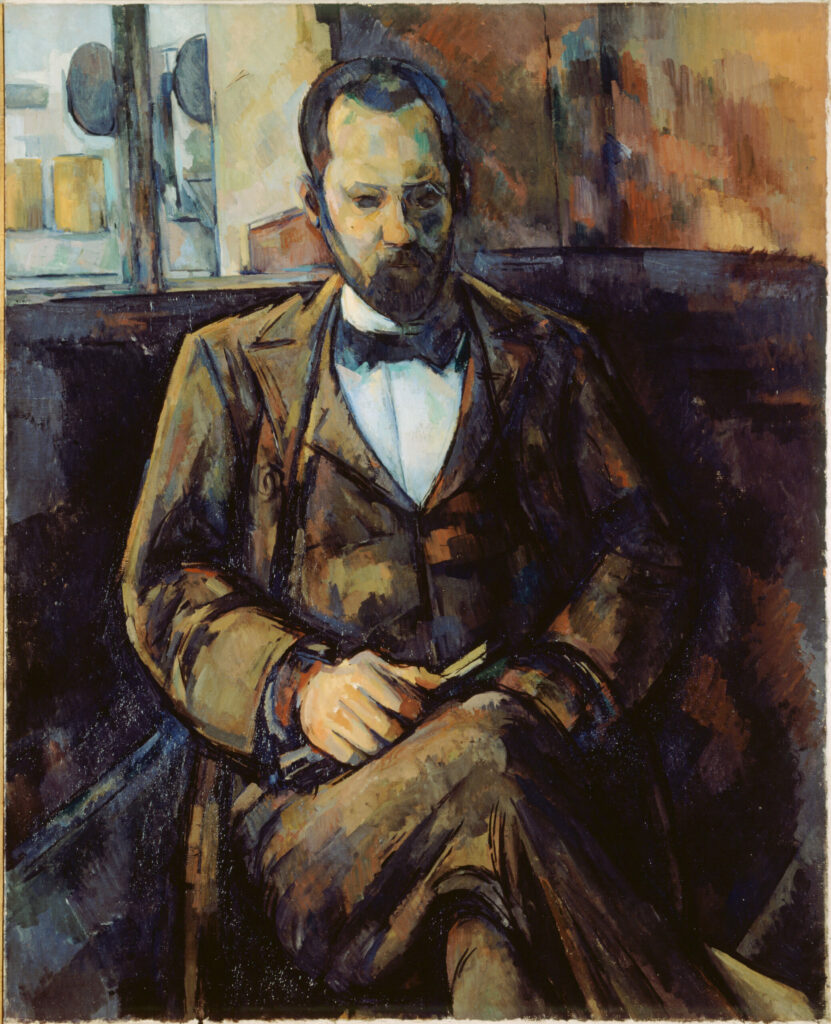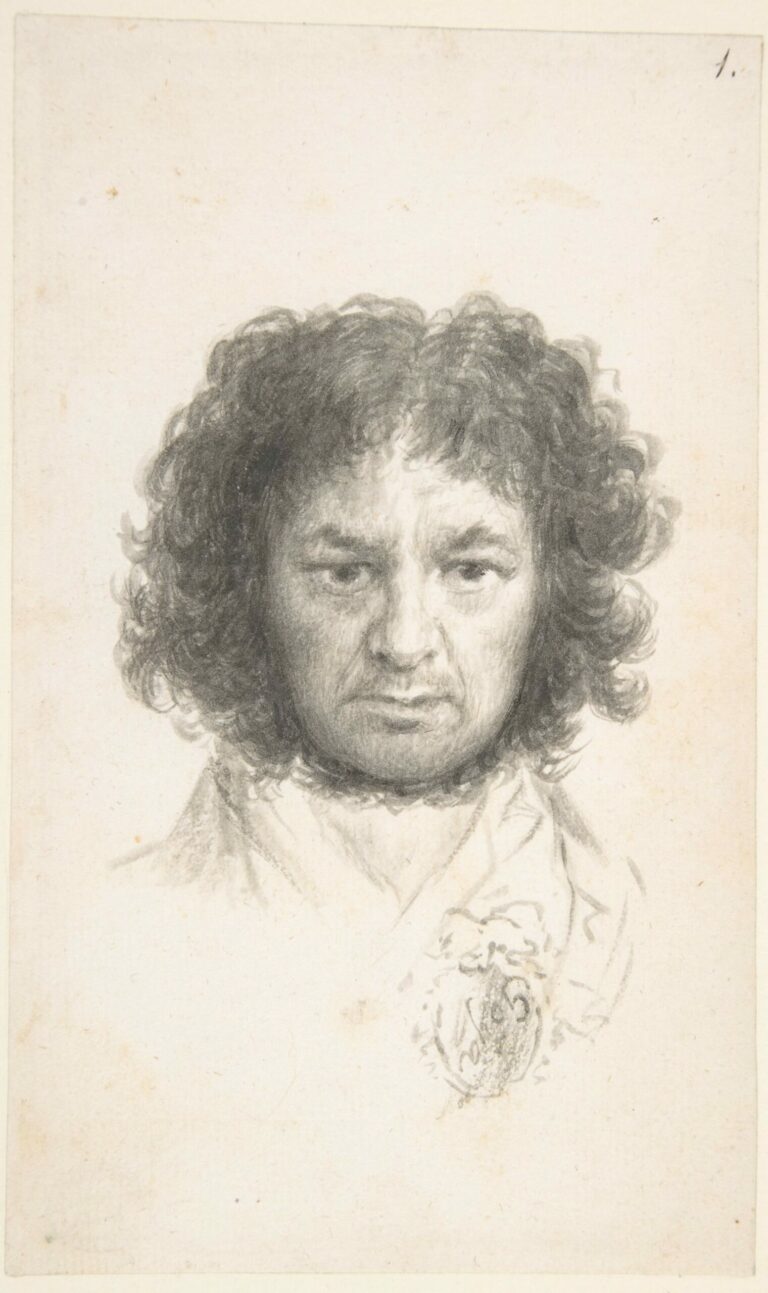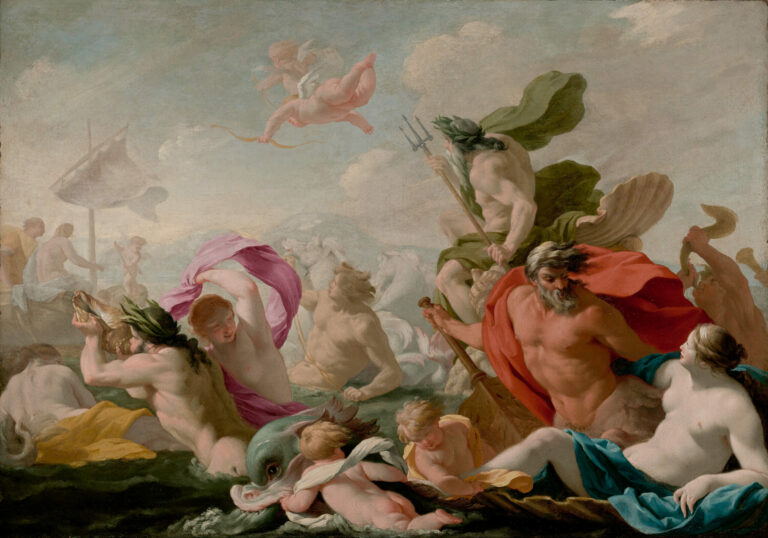Cézanne deploys here the full power of his analytical approach to capture the essence of Ambroise Vollard, a pivotal figure in the Parisian art market.
Through his characteristic geometric construction and subdued palette dominated by browns and blues, the artist delivers a penetrating psychological study of his dealer. The rigorously structured composition brings the subject forward through subtle manipulation of light. The treatment of volumes, typical of Cézanne’s technique, breaks forms into facets while preserving the solidity of the figure.
Vollard’s downcast gaze and meditative posture create an atmosphere of intense introspection, while the visible brushstrokes affirm the radical modernity of Cézanne’s pictorial approach.
Further Context
- Portrait of Ambroise Vollard by Paul Cézanne, 1899
- 101 x 81 cm
- Paris Musées, Petit Palais, Museum of Fine Arts of the City of Paris, displayed in Garden Level Room 08
- https://www.parismuseescollections.paris.fr/fr/petit-palais/oeuvres/portrait-d-ambroise-vollard
Paul Cézanne (1839-1906) is considered the “father of modern art,” establishing the crucial bridge between Impressionism and Cubism. Born in Aix-en-Provence, he developed a unique style that revolutionized painting through his novel conception of space and color.
His relentless pursuit of truth in painting led him to deconstruct and then reconstruct the visible according to rigorous geometric principles, paving the way for the avant-garde movements of the 20th century. His influence was decisive in the evolution of modern art, particularly through his innovative treatment of form, perspective, and color.







